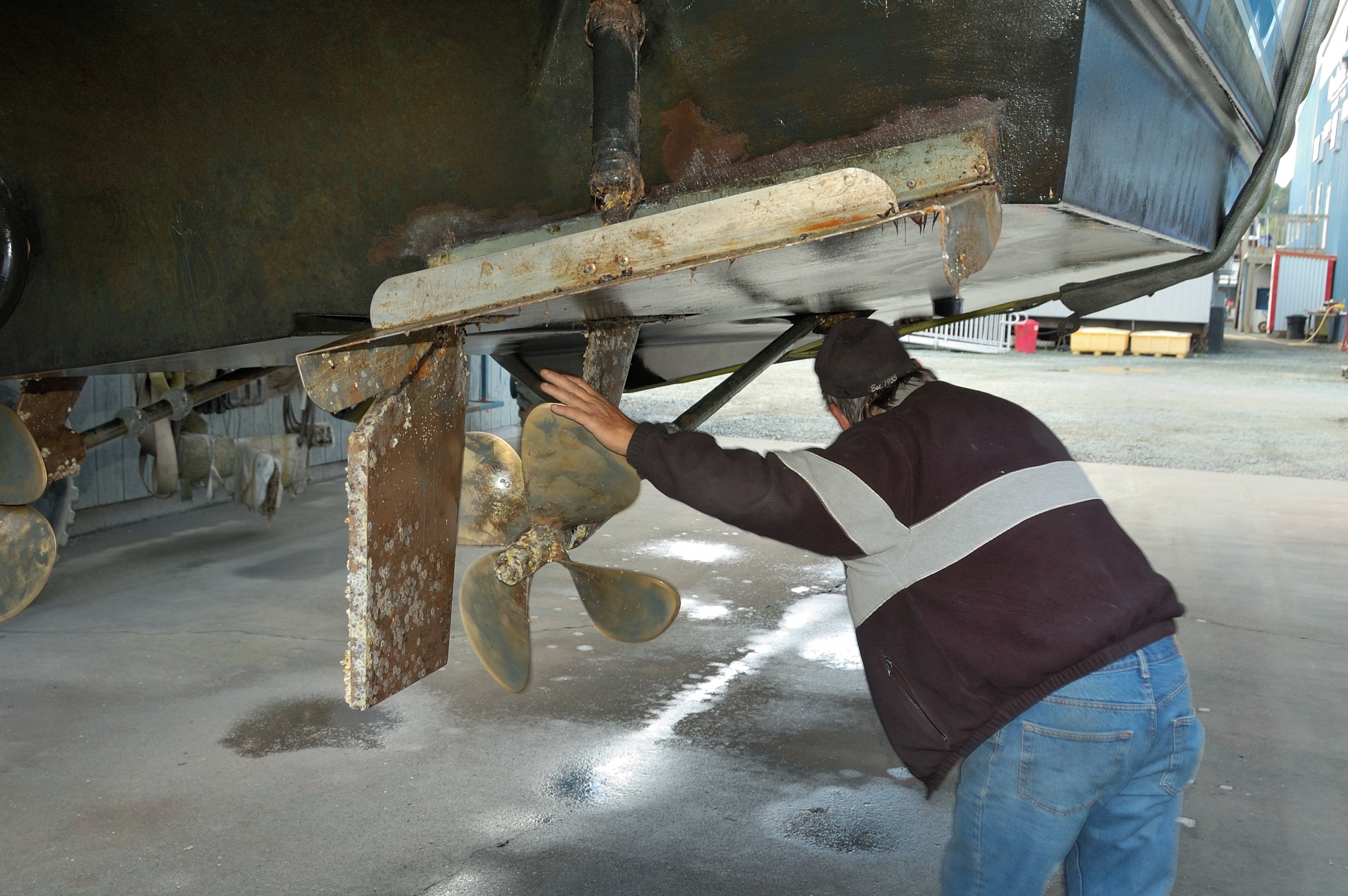Mid-season Preventive Boat Maintenance
12th July 2021

Preventive Boat Maintenance makes for a failure-free boating season
Mid-Season Preventative Boat Maintenance – Perform some quick and simple inspections for a carefree balance of the boating season.
Whether a boat gets used daily, weekly, or only on occasion, it deserves a little TLC. In general, this involves simply eyeballing the various systems and making sure that all are shipshape. Failures are usually the result of incremental problems that can be spotted well before they cause downtime. Therefore, it’s so important to spend a day on boat maintenance inspecting belts, hoses, batteries, plumbs, wiring, filters, accessories, safety equipment, etc., during the season.
 Identify and fix problems now, before they become problems underway
Identify and fix problems now, before they become problems underway
Here is a checklist that can be used to make sure you’ve covered all the major areas of concern:
- Battery: Flood type batteries fluid levels should be checked and topped-off with distilled water. Connections need to be free of corrosion and tight. Inspect cables for cracks in the insulation.
- Belts: Check all belts and ensure they are crack free and have the proper tension.
- Bilge Pump: Make sure the bilge pumps are in good working order. Ensure the auto function is working properly.
- Bilge: Clean it so leaks can be spotted more easily, which also keeps oily water from going overboard.
- Coolant: Check level and the hoses in the system. The hoses should be supple and neither spongy nor hard. Make sure all hose clamps are tight and in good condition. Look for discoloration that indicates weeping connections at hose flanges and around pump impeller covers.
- Diver: now is a good time to have your diver inspect and clean the hull and running gear. Also replace any zincs are more than half gone. Check prop(s) for damage. Clear any debris from through-hulls.
- Dock Lines: Check all lines for cuts and wear. If the lines are stiff, soak them in fresh water with mild detergent and lay them out to dry.
- Electrical System: All electrical connections should be tight and free of corrosion.
- Filters: Drain any accumulated water from the fuel/water separator bowl. Change filter elements if necessary.
- Fire Extinguishers: Ensure extinguishers are still in a proper state of charge and not out of date.
- Generator: Oil levels, belts, fuel filters and sea strainer should be checked.
- Lights: Make sure all navigational lights are working.
- Lube Oil: Now may be the time for a change. At the very least, check the oil level. At the same time check hydraulic fluid levels in steering and trim tab reservoirs and transmission fluid level.
- Safety Gear: Inspect all PFDs, signaling devices, first-aid kit, life raft, EPIRP, fume detectors. Also check the anchor and rode.
- Shore Cords: Spray metal prongs and contacts with moisture-displacing lubricant. Inspect cords for cuts and abraded areas.
- Through–Hull Fittings: Check for signs of weeping, corrosion, and cracks. Seacocks should work freely and without binding.
- Turbocharger: Inspect the unit by removing the inlet air cleaner, but carefully to keep any dirt from entering. Spin the turbine by hand. It should spin freely and come to a smooth stop. Also, check for play in the assembly by grabbing the blade and rocking the fan back and forth.
- Windlass: ensure the switches are in working order and lubricate the unit in accordance with the owner’s manual.
 Collect parts and supplies before beginning
Collect parts and supplies before beginning
(Deane Hislop in partnership with Freedom Marine)


